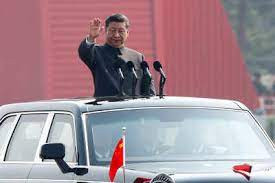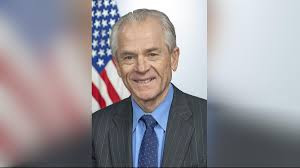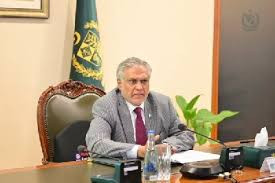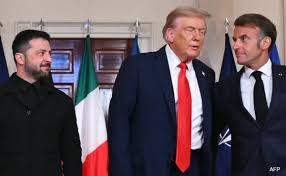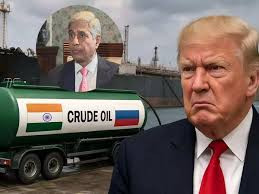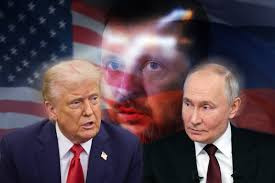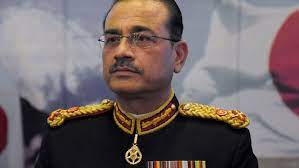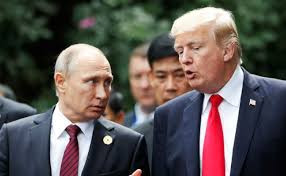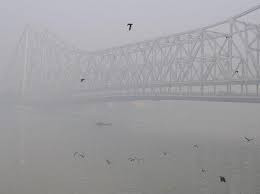Trump Set to Issue More Tariff Letters with Broad-Spectrum Targets, Escalating Trade Tension Ahead of August Deadline

IIE DIGITAL DESK : former President Donald Trump plans to release a fresh round of formal “tariff letters” to at least seven additional countries, escalating fears of economic fallout unless bilateral trade deals are swiftly concluded. The move, slated for Tuesday, July 9, builds on a previous alert sent to 14 countries—including key U.S. partners Japan and South Korea—and comes as the July 9 deadline for his “Liberation Day” tariffs is extended to August 1 .
The letters clearly delineate new reciprocal tariffs ranging between 25% and 40%, warning that failure to reach acceptable trade terms by August 1 will automatically activate these tariffs. The extension—announced by the White House—provides a temporary reprieve but underscores the administration’s urgent push for trade rebalancing on its own terms .
Trump has already notified 14 nations: key allies like Japan and South Korea (~25%), as well as ASEAN and BRICS members like Cambodia (36%), Bangladesh (35%), Myanmar (40%), and Malaysia (25%) .Many of these countries received revised rates, some higher and some slightly lower than those initially announced in April. The letters emphasize that new tariffs may be “modified, upward or downward, depending on our relationship with your Country” and threaten escalation if these countries respond with their own duties .
The letters landed unexpectedly in several Asian capitals, with diplomats characterizing the approach as blunt and abrupt. One former Japanese official described the reaction as “shock, frustration, and anger,” warning that such tactics could push allied nations closer to China and strain long-standing alliances .These countries, including Thailand, Malaysia, and South Africa, have expressed a mix of annoyance and diplomacy, promising to elevate negotiations even as leaders express regret.
Trump’s “Liberation Day” tariffs, initiated in April via Executive Order 14257, hiked U.S. average tariffs from roughly 2% to nearly 17%, with initial rates reaching up to 40%. Affected goods span pharmaceuticals, electronics, automotive parts, textiles, and minerals .Though this approach draws inspiration from 1930s-era protectionism, the public rationale remains rooted in trade deficit reduction and domestic manufacturing support .
Analysts warn of looming disruptions: elevated costs for global manufacturers, risk to supply chains, and inflation pressures. On the other hand, Trump’s administration continues to tout potential benefits for American workers and industries. To date, only limited trade agreements have materialized—with the UK, Vietnam, and tentatively China—while major economies like Japan, EU, Canada, and India remain in negotiation limbo.
With the August 1 deadline firmly in place, countries now face tight opportunities to clinch deals. Negotiators from Japan and South Korea have indicated ongoing efforts to finalize agreements before that cutoff. Meanwhile, BRICS members like India could face additional 10% duties if they’re perceived as siding against U.S. interests .
If deals remain elusive after August 1, tariffs will automatically kick in, threatening a broader tariff war. Such escalation could extend existing trade friction with Canada and Mexico—already entangled in disputes with U.S. steel and aluminium tariffs—and jeopardize fragile global economic stability .
Trump’s new tariff letters signal a sweeping and aggressive trade strategy aimed at pressuring global partners into fast-tracked negotiations before August 1. While markets have remained relatively steady, officials warn of significant disruption risks. For many nations, a race is now on to secure exclusions or agreements that could shape global trade dynamics for years to come.
You might also like!



